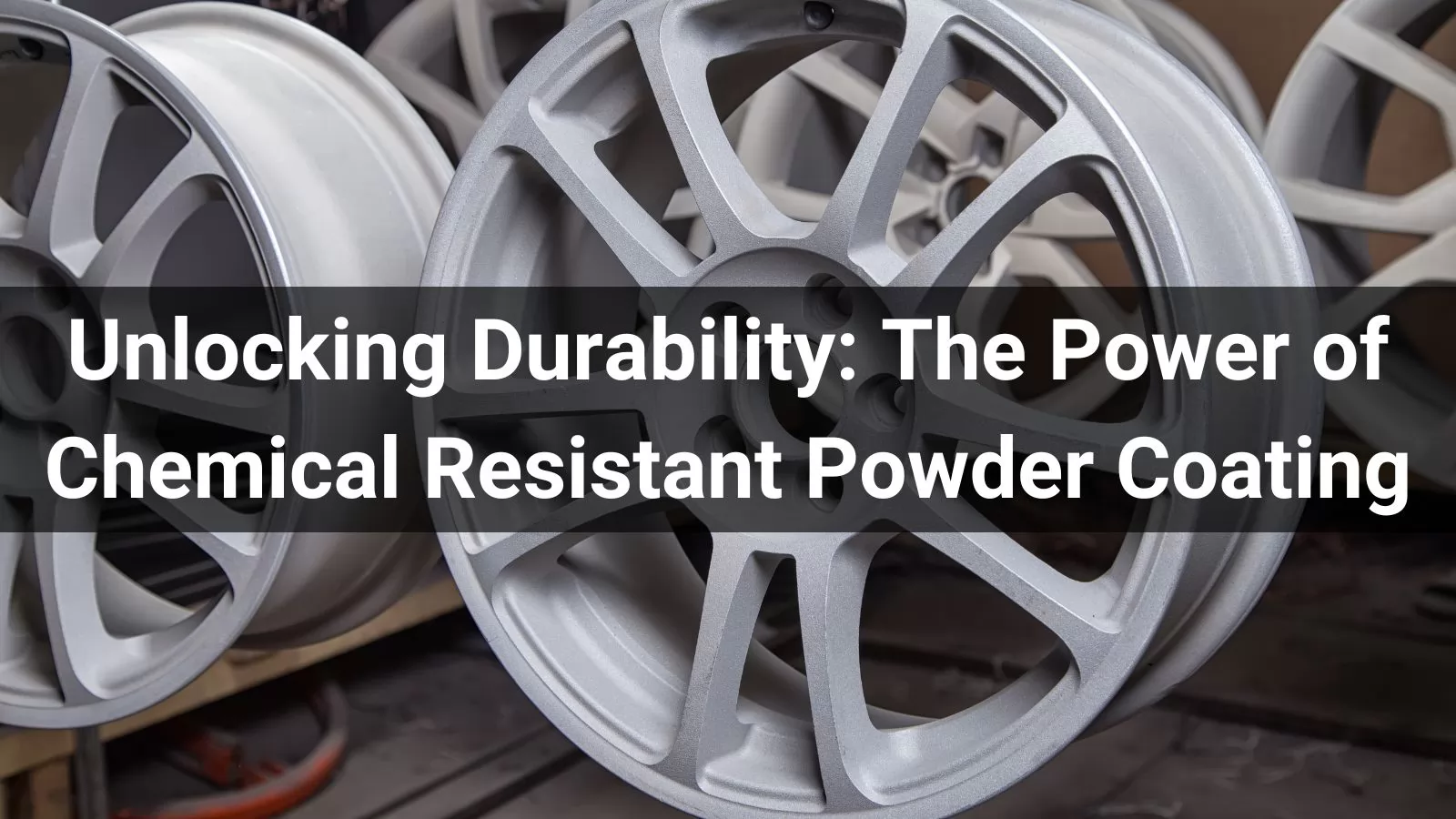
.png)

.png)
.png)


-
.png) 0086-757-85407388
0086-757-85407388 -

-
 terrychen@wintoly.com
terrychen@wintoly.com


.png)

.png)
.png)


.png)




Chemical resistant powder coating is a specialized protective finish designed to shield surfaces from harsh chemical environments, corrosion, and wear. Unlike traditional liquid coatings, this method involves applying a dry polymer powder electrostatically, which is then cured under heat to form a durable, uniform layer. Widely adopted across industries, this technology offers robustness, environmental advantages, and cost-effectiveness. This article delves into the properties, applications, and benefits of chemical resistant powder coatings, emphasizing their critical role in modern manufacturing and maintenance.
Powder coating involves applying a dry, powdered polymer to a surface, which is then cured at high temperatures to create a hard, protective layer. Chemical resistant powder coatings, formulated with resins like epoxy, polyester, or hybrid blends, are engineered to resist degradation from acids, alkalis, solvents, and other corrosive substances. These coatings maintain their integrity in environments where unprotected surfaces would succumb to chemical damage.
Key properties include exceptional chemical resistance, durability against abrasion and impact, corrosion protection for metal substrates, strong adhesion for long-term performance, and aesthetic versatility with various colors and finishes. These characteristics make chemical resistant powder coatings ideal for demanding applications.
In industrial settings, such as chemical processing plants and refineries, equipment like valves, pumps, and pipelines is coated to withstand corrosive chemicals, often using epoxy-based formulations. These coatings ensure operational reliability in harsh environments.
In the automotive and aerospace sectors, components like fuel tanks, exhaust systems, and parts exposed to hydraulic fluids or de-icing chemicals benefit from these coatings for enhanced longevity. They protect against chemical exposure and mechanical stress.

Medical and laboratory equipment, such as carts and enclosures, rely on these coatings to resist disinfectants and sterilizing agents, ensuring hygiene and functionality. The coatings maintain surface integrity under frequent cleaning.
In marine and offshore environments, powder coatings protect ship components and platforms from saltwater and weathering. These coatings extend the lifespan of structures exposed to corrosive marine conditions.
Consumer goods, including appliances and outdoor furniture, use these coatings to resist cleaning chemicals and wear while maintaining aesthetic appeal. They enhance product durability and visual quality.
Chemical resistant powder coatings offer multiple advantages, making them a preferred choice for protective finishes. They provide enhanced durability, forming a robust barrier against chemical attacks, physical damage, and environmental factors, significantly extending component lifespan and reducing replacement and repair costs. Environmentally, these coatings are solvent-free, minimizing volatile organic compound (VOC) emissions, and overspray can be recycled, aligning with sustainable manufacturing practices. They are cost-effective in the long term, as their durability reduces maintenance and reapplication needs, offsetting initial equipment costs and further enhanced by the extended lifespan of coated components. Additionally, their versatility allows customization for specific chemical exposures, temperature ranges, and aesthetics, while the electrostatic application ensures even coverage on complex shapes, improving finish quality and reducing labor costs.
Chemical resistant powder coatings, despite their advantages, face several challenges that can impact their adoption. The initial setup, including curing ovens and application systems, requires significant investment, which can be a barrier for smaller operations. These coatings are primarily suited for metal surfaces, and while advancements are expanding their compatibility, non-metal substrates remain a developing area, limiting their versatility. Additionally, high-temperature curing may not be suitable for heat-sensitive substrates, necessitating careful material selection during planning. Furthermore, achieving specific chemical resistance often requires custom formulations, which can be costly and demand precise engineering, increasing project expenses.
Recent innovations are addressing these issues. Hybrid resins combining epoxy and polyester improve chemical resistance and UV stability, while nano-additives enhance scratch resistance and barrier properties.
Low-temperature curing expands substrate compatibility, allowing coatings to be applied to a wider range of materials, including those sensitive to heat.
Antimicrobial coatings cater to medical and food-processing applications, adding functionality for hygiene-critical environments. These advancements broaden the scope of powder coating applications.
Chemical resistant powder coating is an essential technology for protecting surfaces in demanding environments. Its ability to resist chemical exposure, coupled with durability, environmental benefits, and versatility, makes it invaluable in industries like manufacturing, automotive, marine, and healthcare. Ongoing advancements continue to enhance its performance and applicability, solidifying its role as a cornerstone of protective finishing solutions. For businesses, investing in these coatings ensures reliability, reduced maintenance costs, and prolonged product life, making them a strategic choice for modern applications.If you are looking for a reliable powder coating manufacturer in South Africa, please feel free to contact Wintoly, we provide you with the best quality products and services!

 terrychen@wintoly.com
terrychen@wintoly.com
.png) 0086-757-85407388
0086-757-85407388
 6 Chaoyang Rd., National Demonstration Eco-industrialzone, Nanhai, Foshan,Guangdong,China
6 Chaoyang Rd., National Demonstration Eco-industrialzone, Nanhai, Foshan,Guangdong,China

.png)
